Copepods are small but mighty creatures that play a crucial role in maintaining the health and balance of saltwater aquariums. These microscopic crustaceans, typically ranging from 1-2 mm in length, serve as nature's efficient cleanup crew while simultaneously providing an essential food source for various marine organisms. Their remarkable ability to consume algae, detritus, and other organic matter makes them indispensable in the complex ecosystem of a marine tank.
Key Points About Copepods in Marine Aquariums
- Copepods are tiny crustaceans that help clean aquariums.
- They eat algae, bacteria, and other small particles.
- Copepods are an important food source for many fish and corals.
- They help maintain a balanced ecosystem in the aquarium.
- Copepods reproduce quickly, creating a sustainable food supply.
Types of Copepods for Saltwater Aquariums
There are numerous species of copepods, but two particularly popular varieties for saltwater tanks are Tisbe biminensis and Apocyclops panamensis. Each type has unique characteristics that make them valuable additions to marine aquariums.
- Tisbe biminensis: These are small, benthic copepods that primarily inhabit the lower regions of the tank. They excel at consuming leftover food particles, fish waste, and detritus, contributing significantly to the overall cleanliness of the aquarium. Their constant foraging activity helps prevent the accumulation of organic matter, which could otherwise lead to water quality issues.
- Apocyclops panamensis: These copepods exhibit different behavioral patterns. They are more likely to be found swimming in the water column, occupying the middle and upper layers of the tank. One of their most notable traits is their rapid reproductive rate, allowing them to quickly establish a thriving population in the aquarium. This characteristic makes them an excellent choice for maintaining a consistent food supply for fish and other marine organisms that rely on copepods as a primary food source.
Both Tisbe biminensis and Apocyclops panamensis serve as nutritious, live food sources for various aquarium inhabitants. They are rich in essential nutrients, proteins, and fatty acids that promote healthy growth and vibrant coloration in fish and corals. The continuous movement of these copepods also stimulates natural hunting behaviors in many marine species, contributing to a more engaging and dynamic aquarium environment. Moreover, their ease of care makes them an attractive option for aquarists of all experience levels – simply introduce them to the tank, and they will naturally adapt and proliferate, fulfilling their ecological roles without requiring extensive maintenance.
How Copepods Help Your Aquarium
Copepods are veritable superheroes in the saltwater aquarium ecosystem, performing a multitude of vital functions that contribute to the overall health and stability of the marine environment. Their impact extends far beyond their diminutive size, making them indispensable allies for aquarists. Here's a more detailed look at the remarkable ways copepods benefit your aquarium:
- Clean up: Copepods are voracious consumers of various organic matter, including leftover fish food, fish waste, and algae that can accumulate and potentially degrade water quality. Their constant foraging activity helps maintain a cleaner, more balanced aquarium environment by preventing the buildup of detritus and reducing the risk of algal blooms.
- Feed fish: Many marine fish species, particularly specialized feeders like mandarin dragonets and some species of wrasses, rely heavily on copepods as a primary food source. These tiny crustaceans provide essential nutrients and stimulate natural feeding behaviors, promoting better health and more vibrant coloration in fish.
- Help corals: Certain coral species have evolved to capture and consume copepods, supplementing their nutrition beyond what they receive from their symbiotic relationship with zooxanthellae algae. This additional food source can enhance coral growth rates, coloration, and overall vitality.
- Make the water better: The feeding and excretion activities of copepods play a crucial role in nutrient cycling within the aquarium. As they consume organic matter and excrete waste, they help distribute nutrients throughout the water column, making them available to other organisms and contributing to a more stable and productive ecosystem.
- Biodiversity enhancement: Copepods contribute significantly to the microfauna of the aquarium, increasing overall biodiversity. This diversity helps create a more resilient and self-sustaining ecosystem, mimicking natural reef environments more closely.
- Natural pest control: Some copepod species feed on the larvae of nuisance organisms like flatworms or certain algae, helping to keep these potential problems in check without the need for chemical interventions.
Introducing copepods to your saltwater aquarium is like setting up a mini ecosystem within your tank. These tiny creatures form the base of the marine food web, supporting higher levels while also doing important cleaning tasks. Their presence creates a more natural, balanced environment that benefits all tank inhabitants, from the smallest corals to the largest fish. By having a thriving copepod population, aquarium owners can use less artificial feeding methods and chemicals, moving towards a more sustainable and easy-to-maintain aquarium system.
Adding Copepods to Your Tank
When you're ready to add copepods to your saltwater aquarium, it's important to follow some best practices to help them settle in and grow. Here are some tips:
- Choose the right time: The best time to add copepods is when your tank is new or doesn't have many fish yet. This gives the copepods a chance to grow without being eaten too quickly. If your tank already has lots of fish, you might want to use a special area called a refugium to protect the new copepods.
- Add them at night: It's better to add copepods when it's dark because most fish are less active then. This gives the copepods a better chance to find safe places to hide. If you need light, use a red one because it's less likely to bother the fish.
- Get them used to the water: Before adding copepods, make sure the water they're in is the same temperature and has the same chemical balance as your tank. Slowly mix some tank water into the copepod container over about 15-30 minutes. This helps the copepods adjust and survive better in their new home.
- Give them places to hide: Copepods need lots of different places to live and hide. Make sure your tank has plenty of live rock, seaweed, and other structures. Thick patches of seaweed like Chaetomorpha or Caulerpa are great because they give copepods both food and shelter.
- Feed them regularly: To help your copepods grow and have babies, feed them regularly with special food like marine microalgae or copepod food. Start with small amounts often, and adjust based on how many copepods you see and how healthy your tank looks.
- Keep the water stable: Make sure the water conditions stay the same, especially the salt level, temperature, and pH. Copepods don't like sudden changes in water chemistry, so keeping things steady will help them do well over time.
- Add different types: Think about adding more than one kind of copepod. Different types might live in different parts of the tank, which can be good for your whole aquarium ecosystem.
It's a good idea to add more copepods every now and then to keep the population healthy and diverse. This is especially important if you have fish that eat a lot of copepods. AlgaGen's AlgaGenPods™ offer a great selection of different copepod types, making it easy to add and maintain a thriving copepod community in your tank. By following these tips and regularly adding more copepods, you can create a more stable, self-sustaining ecosystem that benefits all the creatures in your saltwater aquarium.
Keeping Your Copepods Happy
To make sure your copepods thrive and keep helping your saltwater aquarium, it's important to create and maintain an environment that meets their needs. Here's a guide on keeping your copepods happy and healthy:
- Maintain water quality: Copepods are sensitive to water conditions, so regular maintenance is essential. Do water changes of 10-20% weekly to remove toxins and add back important elements. Use good quality salt mix and proper filtration to keep nitrate and phosphate levels in check. Keep temperature (72-78°F), salinity (1.023-1.025), and pH (8.1-8.4) stable for copepod health and reproduction.
- Don't overfeed: While it's important to feed your aquarium animals, too much food can lead to poor water quality, which is bad for copepods. Uneaten food breaks down and can cause algae problems that compete with copepods for resources. Feed your fish and corals only what they can eat in a few minutes, and remove any leftover food quickly.
- Use a refugium: A refugium is a separate area connected to your main tank that provides a safe place for copepods and other helpful tiny organisms. It usually contains seaweed, which gives food and shelter for copepods while also helping to remove excess nutrients from the water. A well-maintained refugium can greatly increase your copepod population and overall tank health.
- Add phytoplankton: Regularly adding marine phytoplankton provides a great food source for copepods, helping them grow and reproduce. Products like AlgaGen's phytoplankton blends can be added directly to the tank or refugium. Start with small, frequent doses and adjust based on how many copepods you see and how your tank responds.
- Watch your copepod population: Regularly check your tank for signs of a healthy copepod population. Look for tiny, darting movements on the glass, rocks, and in the water, especially at night with a flashlight. If you notice fewer copepods, consider adjusting your feeding or adding more.
- Provide diverse habitats: Copepods thrive in environments with varied surfaces and hiding spots. Include a mix of live rock, seaweed, and coral structures to create different microhabitats. This diversity not only supports copepods but also makes your aquarium look better and function well.
- Be careful with chemicals: Be cautious when using medications and chemical treatments, as many can harm copepod populations. If you need to treat your tank, consider moving copepods to a separate tank temporarily or increasing your refugium capacity to maintain a healthy population.
- Manage predation: While some predation is natural and good, too much hunting can reduce copepod numbers. If you have fish that eat a lot of copepods, make sure you're regularly adding more copepods or providing other food sources to reduce pressure on the copepod community.
By following these practices, you create an environment where copepods can thrive, reproducing quickly and fulfilling their important roles in the aquarium ecosystem. A healthy copepod population helps improve water quality, provides a sustainable food source for other tank inhabitants, and helps create a more balanced, self-sustaining marine environment. Regularly observing and adjusting your care routine will ensure that your copepods continue to thrive, benefiting the entire aquarium system in the long term.
Copepods and Coral Health
Copepods and corals in a saltwater aquarium have a special relationship that helps keep the reef ecosystem healthy. This partnership is important for maintaining the overall health and vitality of your coral colonies. Let's explore how copepods support coral health and how you can make this relationship even better:
- Food for corals: Many coral types, especially large polyp stony (LPS) corals and some soft corals, can catch and eat copepods. This gives corals extra nutrients, adding to the energy they get from the tiny algae living inside them called zooxanthellae. The proteins, fats, and other important nutrients in copepods can help corals grow faster, look more colorful, and be healthier overall.
- Cleaning service: Copepods act like tiny cleaners for corals. They eat waste, bacteria, and algae that build up on coral surfaces, which helps prevent harmful microorganisms from growing. This cleaning helps corals stay healthy and allows them to feed and make food from sunlight more easily.
- Nutrient cycling: As copepods move through the water and across coral surfaces, they help spread nutrients around the aquarium. Their eating and pooping activities make important elements more available to corals. This is especially helpful in tanks where nutrients are scarce, as it helps recycle resources that corals need to grow and reproduce.
- Stimulation of coral feeding response: The presence and movement of copepods in the water can encourage corals to extend their tentacles more often to feed. This can help corals get more nutrients and energy.
- Biodiversity enhancement: A thriving copepod population adds to the overall diversity of life in the reef ecosystem. This increased diversity can lead to a more stable and resilient environment, which indirectly benefits coral health by keeping nutrient cycles balanced and reducing the risk of pest outbreaks.
To further improve the relationship between copepods and corals, consider using special supplements designed to support both populations. Products like Phyto-Plasm Phyto Zooxanthellae or PhycoPure Zooxanthellae contain carefully grown strains of zooxanthellae algae. These supplements can greatly benefit your aquarium ecosystem in several ways:
- Enhanced symbiosis: By adding more zooxanthellae, you're giving corals more tiny helpers to make food from sunlight, potentially improving their ability to grow and thrive.
- Increased food availability: These products often contain a mix of phytoplankton species, which are great food for copepods, helping to increase their population.
- Improved water quality: The added phytoplankton can help remove excess nutrients from the water, contributing to better overall water quality.
-
Coral color enhancement: Introducing diverse zooxanthellae strains can potentially lead to more vibrant and varied coral colors.
When using these supplements, start with small amounts and slowly increase based on how your corals and copepod population respond. Regular use can create a stronger and more interconnected ecosystem, where corals and copepods help each other thrive. This teamwork ultimately leads to healthier, more colorful corals and a more stable, thriving reef aquarium environment.
Other Helpful Tiny Creatures
While copepods are great for saltwater aquariums, they're not the only tiny helpers that can make your marine ecosystem thrive. Adding a variety of small creatures can create a more robust and self-sustaining environment, similar to natural reef systems. Here's a look at some other small creatures that can work alongside copepods to enhance your saltwater aquarium:
- Rotifers: These microscopic animals, usually 0.1 to 0.5 mm in size, are very important in marine aquariums, especially for feeding baby fish. Rotifers are excellent first foods for newly hatched fish because they're small and nutritious. They also help clean the water by eating bacteria and small organic particles. AlgaGen's rotifer collection offers high-quality, live rotifers that you can easily grow to keep a constant supply for your aquarium.
- Amphipods: Often called "scuds" or "side-swimmers," amphipods are small crustaceans that usually grow larger than copepods, reaching sizes of 5-10 mm. They're excellent scavengers, eating waste and algae, and play a crucial role in breaking down organic matter. Amphipods are also a nutritious food source for many fish species, including mandarins and pipefishes.
- Mysid shrimp: These small, shrimp-like crustaceans are highly valued in the aquarium hobby, particularly for feeding specialized predators like seahorses, pipefish, and some types of wrasses. Mysids are good swimmers and can be found throughout the water column, making them an ideal food source for fish that prefer moving prey. They also help cycle nutrients in the aquarium.
- Polychaete worms: Various species of small, segmented worms can be beneficial additions to a marine aquarium. They help aerate the sand, eat waste, and serve as food for many fish species. Some polychaetes, like feather duster worms, are also attractive additions to the tank, contributing to its beauty while filtering water.
- Nematodes: While often overlooked, beneficial nematodes play an important role in breaking down organic matter in the sand. They help prevent the buildup of waste and contribute to nutrient cycling. However, it's important to maintain a balanced population, as too many can indicate excess organic waste in the system.
- Harpacticoid copepods: While we've talked about copepods generally, this specific group deserves special mention. Harpacticoid copepods are excellent at moving through sand and between coral polyps, making them particularly useful for reef tanks. They're also a favorite food for many small reef fish.
Introducing a diverse community of these microorganisms can create a mini-ecosystem within your aquarium, increasing biodiversity and contributing to overall system stability. Products like ZooPLASM PODS from AlgaGen offer a convenient way to introduce a mix of different pods, including copepods, rotifers, and other beneficial microorganisms. This diversity not only provides a varied food source for your aquarium inhabitants but also helps establish a more complex and resilient ecosystem.
- Introduce them gradually: Allow populations to establish without overwhelming the system.
- Provide plenty of live rock and substrate: Offer ample places for them to colonize and hide in.
- Use a refugium: Grow populations away from predators.
- Regularly supplement with phytoplankton or specialized foods: Support their growth.
- Monitor water quality closely: Ensure that a sudden increase in these populations does not impact nutrient levels negatively.
By cultivating a diverse community of these tiny helpers, you're creating a more natural, balanced, and self-sustaining marine environment. This approach can lead to improved water quality, healthier fish and corals, and a more fascinating and dynamic aquarium ecosystem.
Conclusion
Copepods are amazing little creatures that play a super important role in keeping saltwater aquariums healthy and thriving. These tiny crustaceans work hard to keep the delicate balance of the marine ecosystem. They clean up waste, algae, and other stuff, which helps keep the aquarium clean. At the same time, they're a nutritious food source for fish, corals, and other marine life, helping them grow and stay healthy.
Adding copepods to your saltwater aquarium does more than just keep it clean. They help cycle nutrients, increase biodiversity, and create a more natural and self-sustaining environment. By mimicking the complex interactions found in wild reef systems, copepods help turn your aquarium into a thriving, dynamic ecosystem that looks more like nature.
To get the most out of copepods in your tank, remember to give them good places to live, keep the water clean, and feed them extra phytoplankton when needed. Keep an eye on your copepod population and add more when necessary to make sure they're always present in your aquarium. Also, think about adding other tiny organisms like rotifers, amphipods, and mysid shrimp to make your marine ecosystem even more complex and stable.
In the end, adding copepods and other tiny helpers to your saltwater aquarium is an investment in the long-term health and success of your underwater world. These microscopic powerhouses work behind the scenes to create a cleaner, more balanced, and more vibrant aquarium environment. By supporting a thriving population of copepods, you're not just maintaining an aquarium; you're growing a living, breathing ecosystem that will reward you with healthier fish, more colorful corals, and a truly spectacular marine display.
So, embrace these tiny creatures and watch as they transform your saltwater aquarium into a flourishing underwater paradise. Your fish, corals, and the entire aquatic ecosystem will thrive, creating a captivating and rewarding aquarium experience that closely mirrors the wonders of natural coral reefs. With copepods as your helpers, you're well on your way to having a balanced, beautiful, and thriving saltwater aquarium that will bring you joy and fascination for years to come.
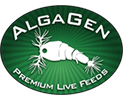
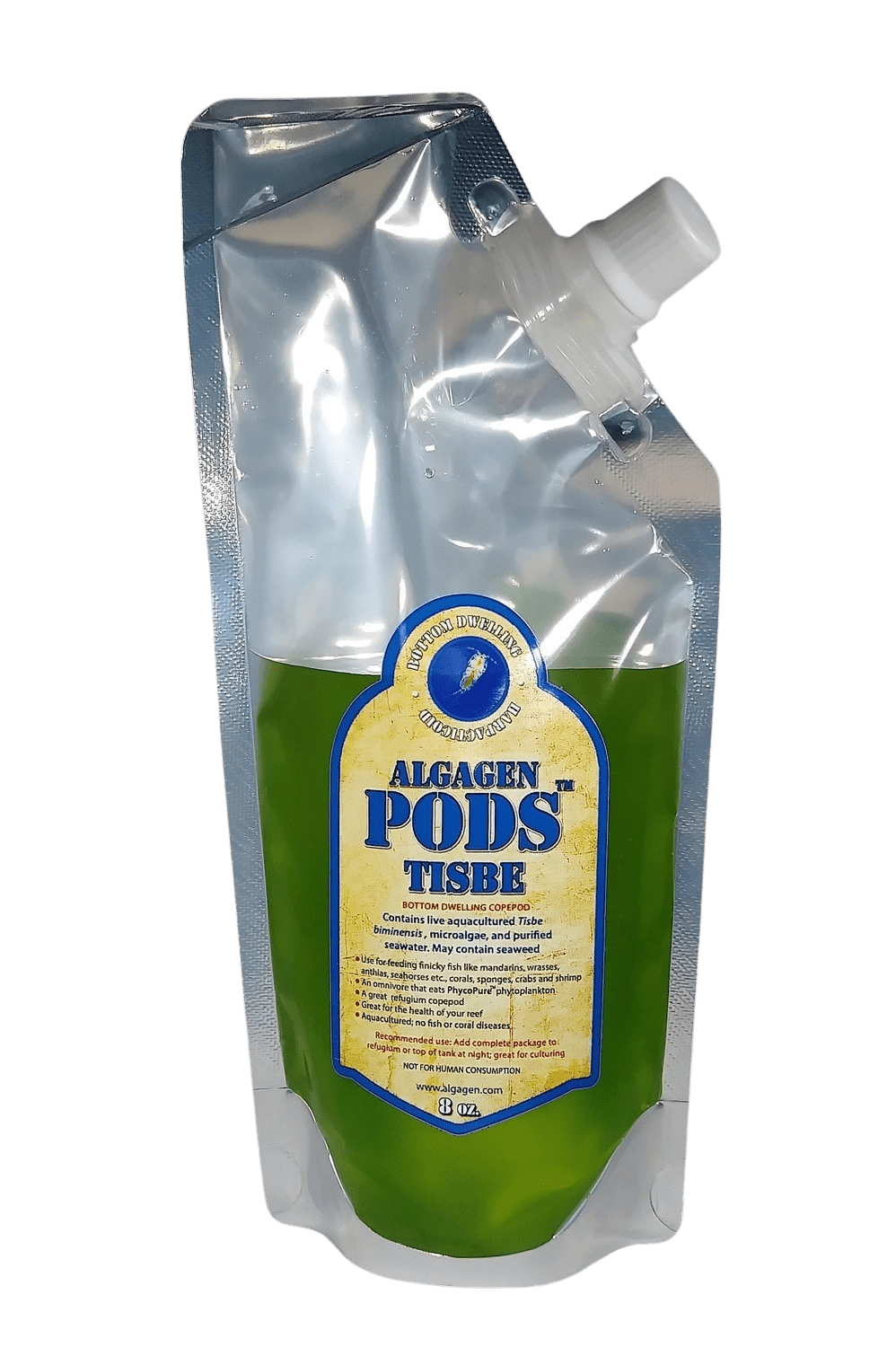
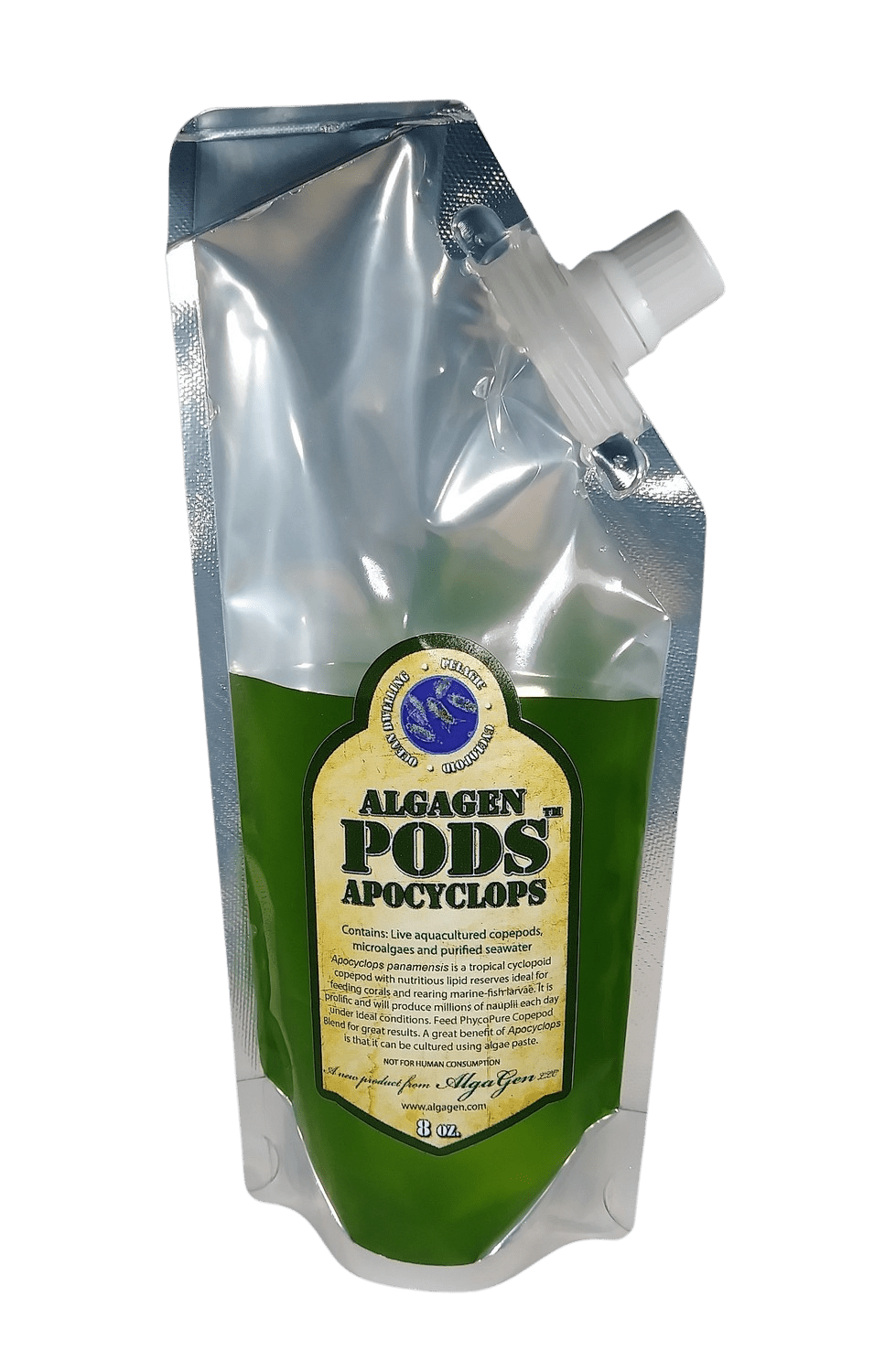
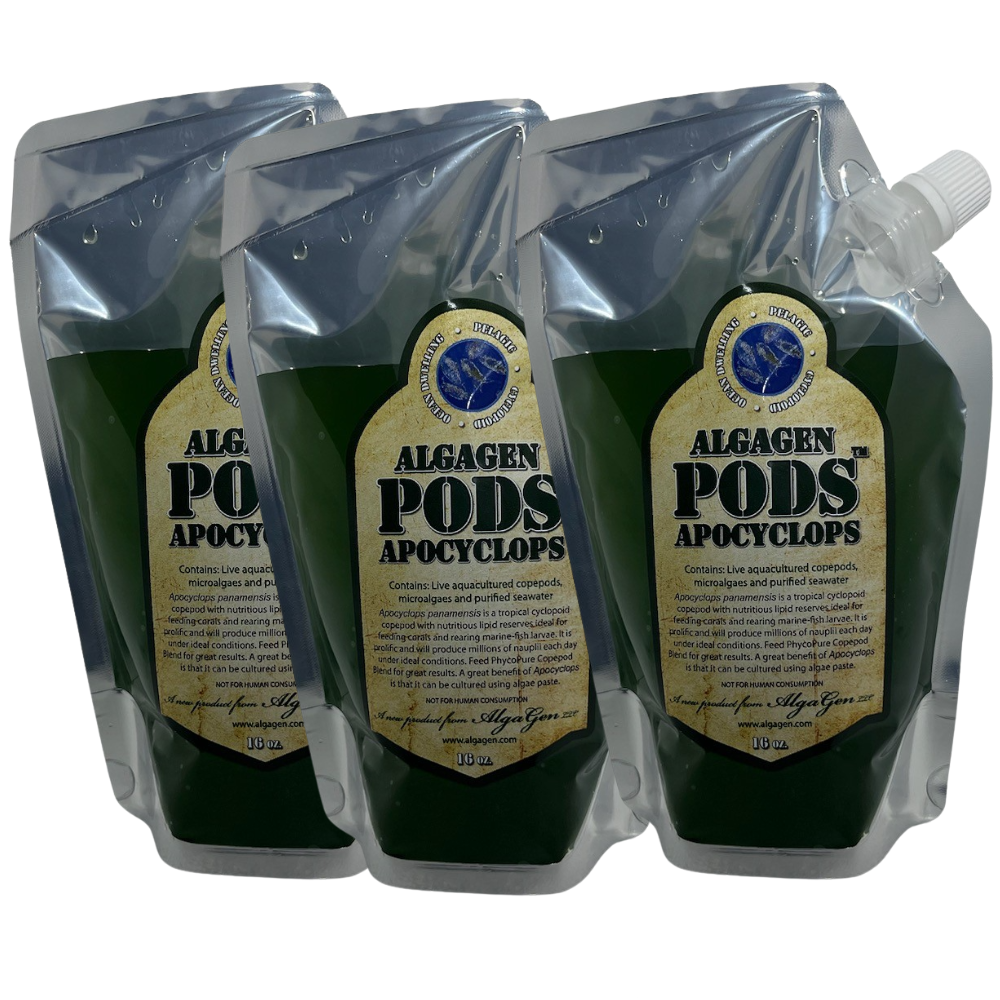
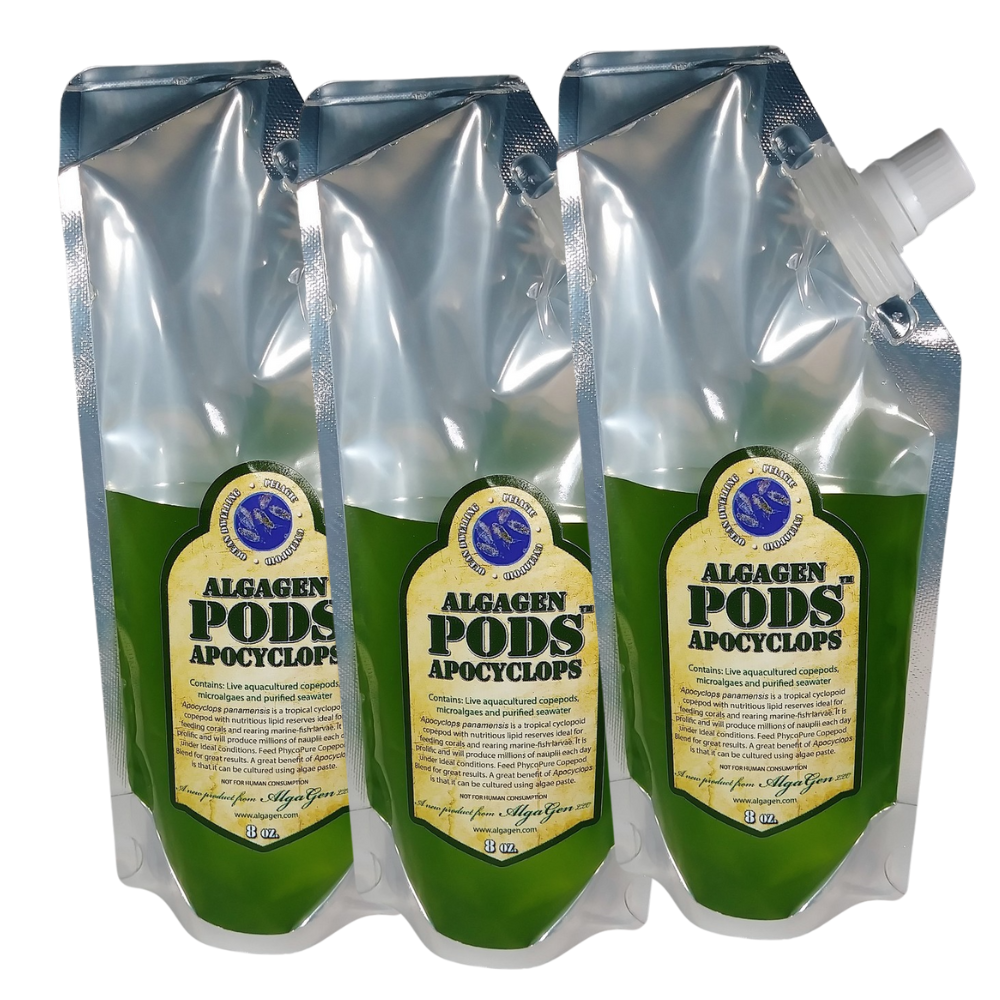
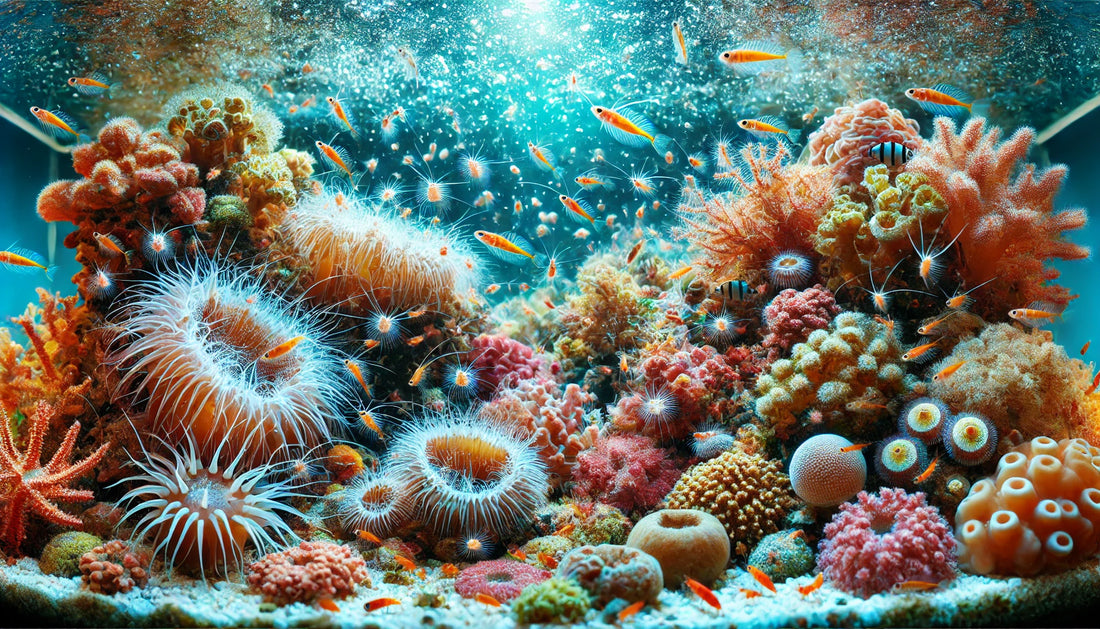
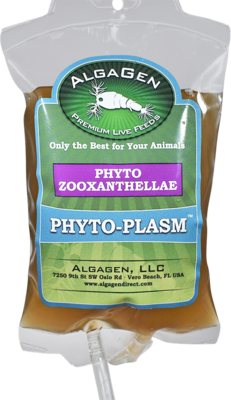
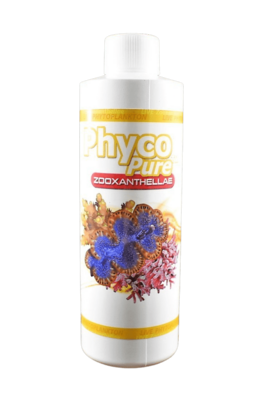
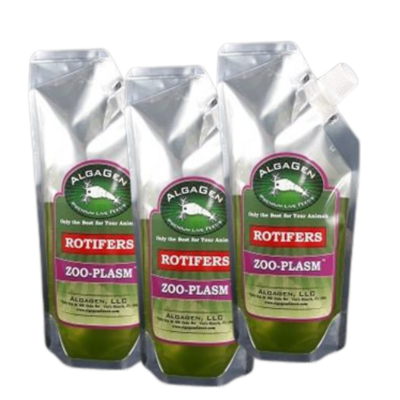
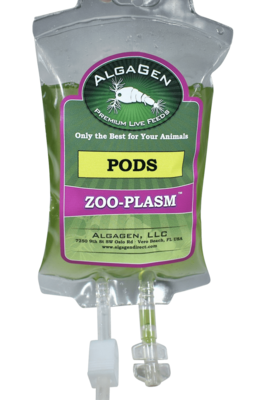
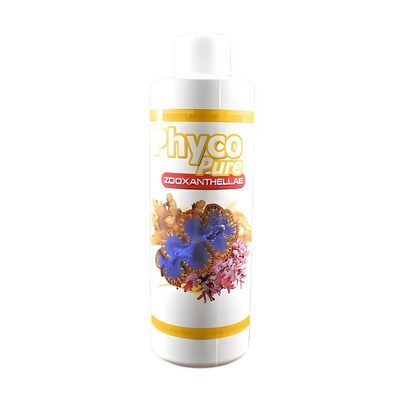
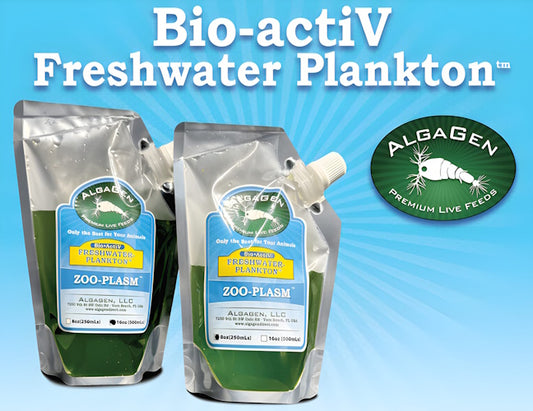
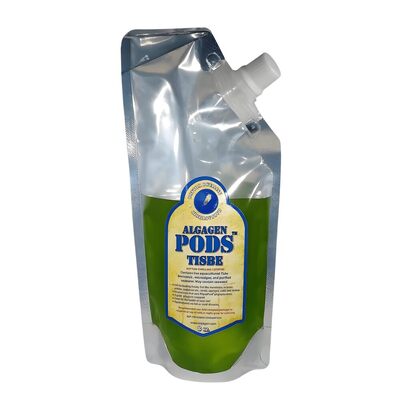
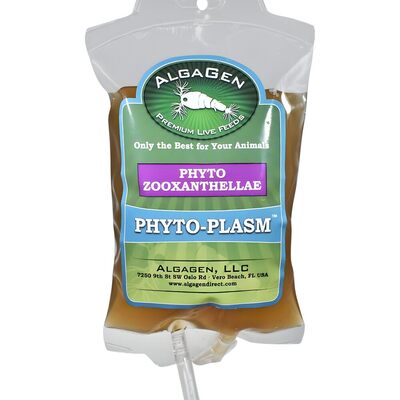
Recent post